The Supplemental Nutrition Assistance Program (SNAP) remains one of the most critical forms of aid for low-income American households. It ensures that millions of families can afford groceries and maintain nutritional stability each month. But November 2025 has brought unusual challenges, temporary reductions, and confusion surrounding payment dates.
After weeks of uncertainty tied to federal funding delays, states are now moving forward with partial November payments while continuing to follow their usual deposit schedules. Beneficiaries are urged to review their state’s portal or EBT app frequently, as individual timelines and benefit amounts vary widely this month.
Overview of SNAP in November 2025
SNAP, administered by the U.S. Department of Agriculture’s Food and Nutrition Service (FNS), supports over 41 million Americans each month. It’s a lifeline for working families, seniors, and individuals facing food insecurity.
In November 2025, however, SNAP operations faced turbulence after temporary federal budget issues delayed program funding. While full benefits were initially uncertain, a resolution now allows states to issue approximately 65% of the usual monthly amount. Payments are proceeding, but the situation has resulted in a patchwork of timelines across the country.
Most states are maintaining their usual payment schedule, which is determined by case numbers, the last digits of Social Security numbers, or alphabetical order of recipients’ names. However, because states process benefits individually, some recipients will notice delays or recalculated payment dates.
What Changed in November 2025
The funding lapse earlier in the fall forced states to pause their November issuance files. This unprecedented delay created widespread confusion among recipients expecting early-month deposits.
By early November, USDA guidance permitted partial benefits to be released, enabling states to restore EBT disbursements at reduced amounts. On average, households are receiving roughly two-thirds of their normal SNAP benefit for November.
The adjustment is temporary, intended to bridge the gap until full federal funding is reinstated. Still, many households will feel the impact, especially as the holiday season approaches and food prices remain high in most regions.
How SNAP Payments Are Scheduled
SNAP benefits are not distributed nationwide on the same day. Each state sets its own monthly issuance window—the period during which it releases payments to eligible recipients.
Payments are typically divided by specific criteria such as:
-
The last digit of your case or EBT card number
-
The last digits of your Social Security Number
-
The alphabetical order of your last name
This structure allows states to manage system loads and ensures smoother EBT processing throughout the month.
In most states, the payment window runs from the 1st through the 10th or 20th of each month, while some extend as far as the 28th. A few states, such as Alaska, Rhode Island, and Vermont, issue benefits on a single day.
Possible Delays and Reduced Amounts
Because November 2025 benefits are operating under partial federal funding, states are adjusting on short notice. Some may issue benefits later than expected. Others are splitting the month’s deposit into two parts—a smaller initial amount followed by an adjustment when full funding resumes.
Recipients should not panic if their EBT balance is lower than usual this month. The lower amount does not mean benefits were cut permanently. It reflects a temporary limitation based on current budget allocations.
Additionally, holidays like Veterans Day (November 11) and Thanksgiving (November 27) may slightly alter deposit timing for some states, as financial institutions and EBT processors may observe holiday closures.
Understanding the 65% Payment Adjustment
Households usually receive SNAP based on income level, household size, and deductions. Each household has a maximum monthly allotment set by the federal government. For example, the standard maximum for a family of four is approximately $994 per month.
Under the current November adjustment, states can issue up to 65% of that total, meaning a four-person family could receive around $640–$650.
Below is a sample comparison of typical maximum allotments versus estimated November adjusted amounts:
| Household Size | Usual Maximum Benefit | November 2025 (Approx. 65%) |
|---|---|---|
| 1 person | $291 | $189 |
| 2 persons | $535 | $348 |
| 3 persons | $766 | $498 |
| 4 persons | $994 | $646 |
| 5 persons | $1,181 | $768 |
| 6 persons | $1,409 | $916 |
| 7 persons | $1,558 | $1,012 |
| 8 persons | $1,775 | $1,153 |
| Each additional person | +$219 | +$142 |
These values represent estimated averages. Actual payments depend on income verification, deductions, and other factors determined by each state’s eligibility system.
How to Check Your Payment Date
Recipients should check their benefit status through their state’s SNAP or EBT portal. Most states have an online system that displays:
-
The exact date of benefit issuance
-
The benefit amount for the month
-
Any alerts or messages regarding delays
You can also check through your EBT app or by calling the toll-free customer service number on your card.
It’s advisable to verify your account the day before your normal deposit date, since some states are updating schedules in real time as new federal instructions arrive.
State-by-State SNAP Payment Schedule for November 2025
Below is an overview of the usual SNAP deposit schedules for all states and territories. Remember that while these patterns generally remain consistent, November’s payments may be lower or delayed due to federal funding adjustments.
| State | November Issuance Dates | Basis of Payment Schedule | Notes for November 2025 |
|---|---|---|---|
| Alabama | 4–23 | Last two digits of case number | Reduced amount; normal schedule expected |
| Alaska | 1 | Single-day | May experience slight processing delay |
| Arizona | 1–13 | Last digit of case number | Regular schedule; partial benefit |
| Arkansas | 4–13 | Last digit of case number | No major changes reported |
| California | 1–10 | Case number | Reduced benefit; stable timing |
| Colorado | 1–10 | Last digit of case number | Slight delay possible |
| Connecticut | 1–3 | Case number | Full window maintained |
| Delaware | 2–23 | Case number | Expected to follow normal pattern |
| District of Columbia | 1–10 | Case number | Reduced benefit; stable schedule |
| Florida | 1–28 | 8th and 9th digits of case number | Longest window; no delays reported |
| Georgia | 5–23 | Last two digits of case number | On schedule; partial benefit |
| Hawaii | 3–5 | Case number | Normal operation |
| Idaho | 1–10 | Last digit of case number | No change in distribution |
| Illinois | 1–20 | Case number | Staggered payments continue |
| Indiana | 5–23 | Case number | Regular dates; reduced amount |
| Iowa | 1–10 | Last digit of case number | May experience minor delay |
| Kansas | 1–10 | Case number | Normal schedule |
| Kentucky | 1–19 | Last digit of case number | Reduced benefit amount |
| Louisiana | 1–23 | Last digit of case number | Standard timeline maintained |
| Maine | 10–14 | First letter of last name | No major change |
| Maryland | 4–23 | First letter of last name | Minor system updates reported |
| Massachusetts | 1–14 | Last digit of case number | Reduced amount; normal issuance |
| Michigan | 3–21 | Last digit of case number | Some delays expected |
| Minnesota | 4–13 | Last digit of case number | Standard operations |
| Mississippi | 4–21 | Last two digits of case number | Reduced benefit |
| Missouri | 1–22 | Last digit of case number | Following usual schedule |
| Montana | 2–6 | Last digit of case number | Normal operations |
| Nebraska | 1–5 | Last name | Stable payment window |
| Nevada | 1–10 | Case number | Unchanged schedule |
| New Hampshire | 5 | Single-day | Slight reduction only |
| New Jersey | 1–5 | Case number | Normal processing |
| New Mexico | 1–20 | Last two digits of case number | Delays possible |
| New York | 1–9 | County-based | Slight delays in large counties |
| North Carolina | 3–21 | Last digit of case number | Partial benefit confirmed |
| North Dakota | 1 | Single-day | No change |
| Ohio | 2–20 | Last digit of case number | Slight delay possible |
| Oklahoma | 1–10 | Last digit of case number | Normal timeline |
| Oregon | 1–9 | Last digit of case number | Reduced payment amount |
| Pennsylvania | 3–14 | Last digit of case number | No change |
| Puerto Rico | 4–22 | Program-specific | Operates under NAP, not SNAP |
| Rhode Island | 1 | Single-day | Regular deposit expected |
| South Carolina | 1–19 | Last digit of case number | Reduced amount |
| South Dakota | 10 | Single-day | Stable schedule |
| Tennessee | 1–20 | Last two digits of case number | Partial benefit; usual timing |
| Texas | 1–28 | Last two digits of EDG number | Normal operation; long stagger |
| Utah | 5, 11, 15 | Grouped by alphabet | Slight reduction only |
| Vermont | 1 | Single-day | No change |
| Virgin Islands | 1 | Single-day | On-time issue |
| Virginia | 1–7 | Last digit of case number | Reduced amount |
| Washington | 1–20 | Case number | Normal process |
| West Virginia | 1–9 | First letter of last name | Standard dates |
| Wisconsin | 1–15 | Last digit of case number | Regular payments |
| Wyoming | 1–4 | Case number | Standard schedule |
This table shows the normal distribution pattern. Recipients should check their state portals for any November-specific changes.
How to Prepare if Your Payment Is Late
Delays or reduced deposits can be stressful, especially during the holiday season. Here are steps to ensure you stay informed and supported:
-
Check your EBT card balance through your app or state portal. Payments often post later in the day.
-
Contact your local SNAP office if your benefit does not appear within two days of your usual date.
-
Stay updated through official messages—most states post urgent updates on their websites or send text notifications.
-
Use local food resources like pantries or community food banks. Many states have expanded food distribution in November to help families bridge the gap.
What to Expect in December 2025
The federal government has indicated that December benefits are expected to return to normal levels, provided no new funding interruptions occur. States are preparing to resume full payments once official guidance is confirmed.
Many SNAP households are also expected to see the annual cost-of-living adjustment (COLA) for food benefits early in 2026. This increase reflects inflation in grocery costs and ensures that benefit values keep pace with market trends.
Tips to Manage Your SNAP Benefits Wisely
With November’s reduced payments, careful budgeting is essential. Here are practical tips to stretch your benefits:
-
Shop with a list: Focus on essential staples like rice, beans, pasta, canned goods, and frozen vegetables.
-
Compare prices: Many retailers now accept EBT online, allowing you to compare prices before shopping.
-
Use local farmers’ markets: Many states offer “Double Up Food Bucks,” which match SNAP dollars spent on fresh produce.
-
Avoid impulse purchases: Stick to planned meals to maximize your monthly allotment.
-
Check for community meal programs: Churches, nonprofits, and local governments often offer free meal services during the holidays.
The Broader Impact of November’s SNAP Changes
The temporary reduction has raised concerns among food security advocates, especially as the U.S. enters a season of higher expenses. With grocery inflation still above pre-pandemic averages, even a modest cut in benefits can leave families struggling.
Food banks across the country have reported increased demand in early November, with some operating extended hours or adding emergency distribution events. States like New York, North Carolina, and Michigan have already mobilized additional food assistance to support residents until full federal payments resume.
While these adjustments are temporary, they underscore how vital the SNAP program is to millions of households—and how dependent it is on stable federal funding.
Frequently Asked Questions
Are November 2025 SNAP benefits canceled?
No. Benefits are not canceled, but they are temporarily reduced to around 65% of normal levels in most states.
When will the remaining benefits be paid?
If Congress restores full funding this month, states may issue the remaining portion in late November or early December as a supplemental deposit.
Will December benefits be affected?
As of early November, December payments are expected to proceed normally unless another federal delay occurs.
Can states cover the missing amount themselves?
States cannot directly supplement federal SNAP benefits, but they can fund local food banks and emergency meal programs.
Do I need to reapply for SNAP?
No. As long as your case remains active and you meet eligibility requirements, your benefits will continue automatically.
Does this affect WIC or other food programs?
No. WIC, school meal programs, and other forms of food aid are funded separately and continue independently from SNAP.
Final Summary
November 2025 has proven to be a challenging month for millions of SNAP beneficiaries. While funding complications initially threatened to halt the program entirely, federal adjustments have ensured that most families will still receive partial payments, generally equal to 65% of their normal benefit.
States continue to follow their established payment calendars, though some delays remain possible due to system updates. Beneficiaries are encouraged to regularly check their state EBT portals, stay aware of holiday schedule shifts, and explore community food resources if needed.
The federal government is working toward restoring full funding for December, which should bring normal benefit levels and greater stability heading into 2026.
Key Takeaway
If you rely on SNAP benefits:
-
Expect a partial deposit this month (around 65% of your normal amount).
-
Check your state portal for the exact date.
-
Be prepared for minor delays, especially around federal holidays.
-
Use community food resources to bridge any gaps.
-
Look forward to normal payments resuming in December if funding stabilizes.
In summary, November 2025 is a transition month for SNAP beneficiaries—marked by resilience, uncertainty, and adaptation. While the reduced payments may pose temporary hardship, ongoing efforts at both the federal and state levels aim to restore full benefits quickly, ensuring that American families can maintain food security as the year closes.

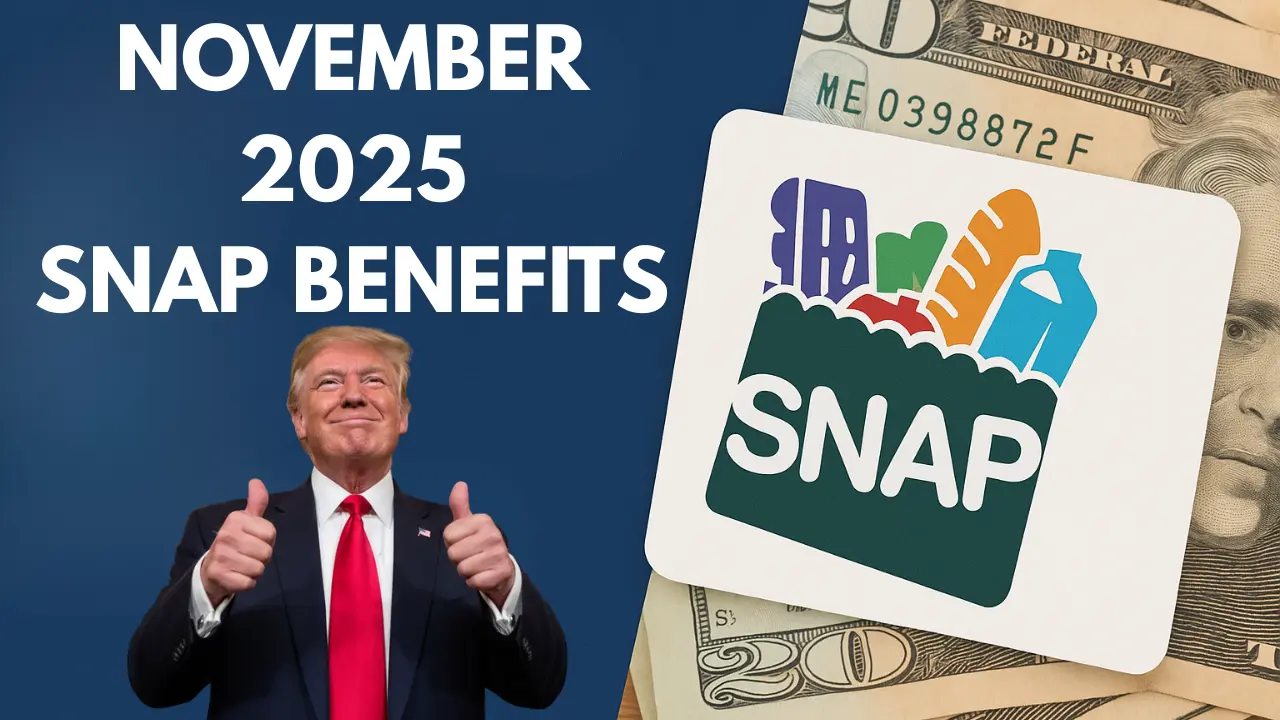
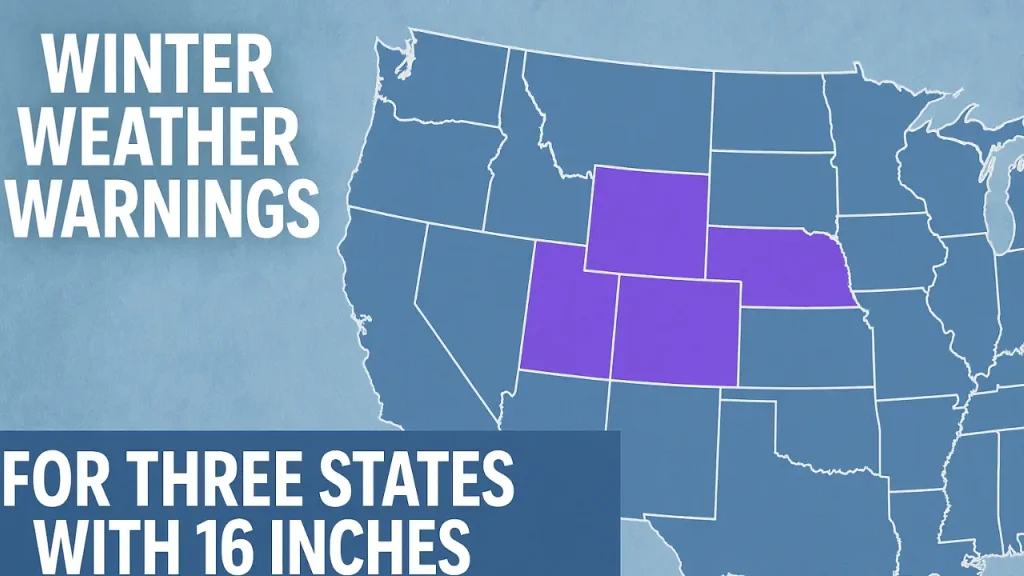

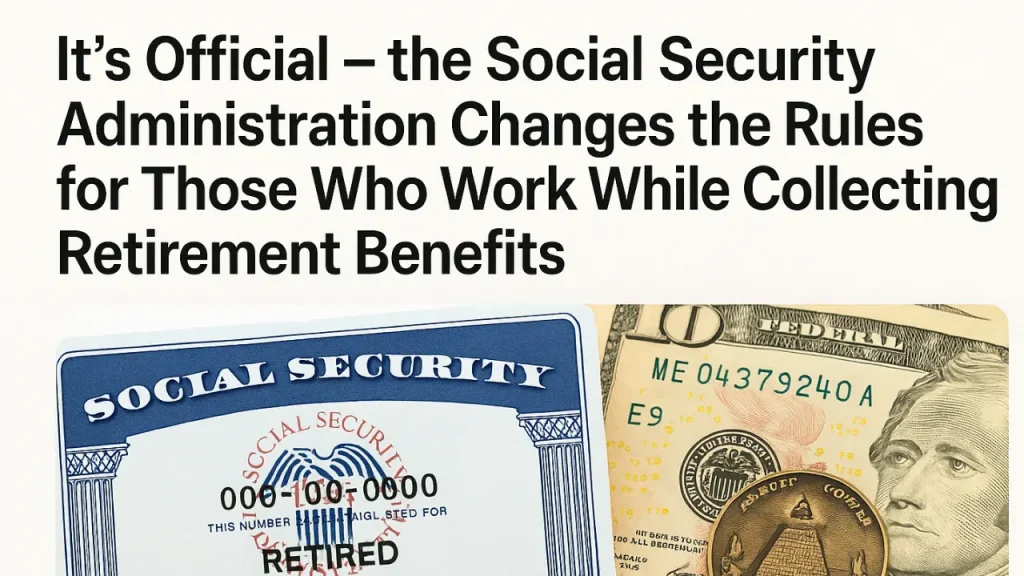


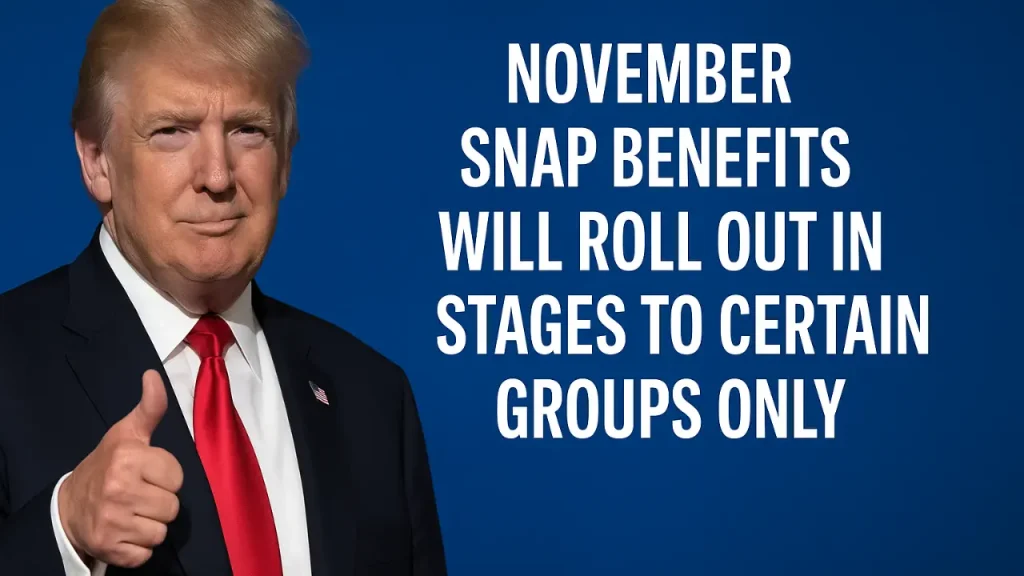


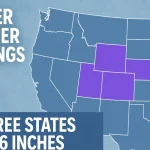

Leave a Comment